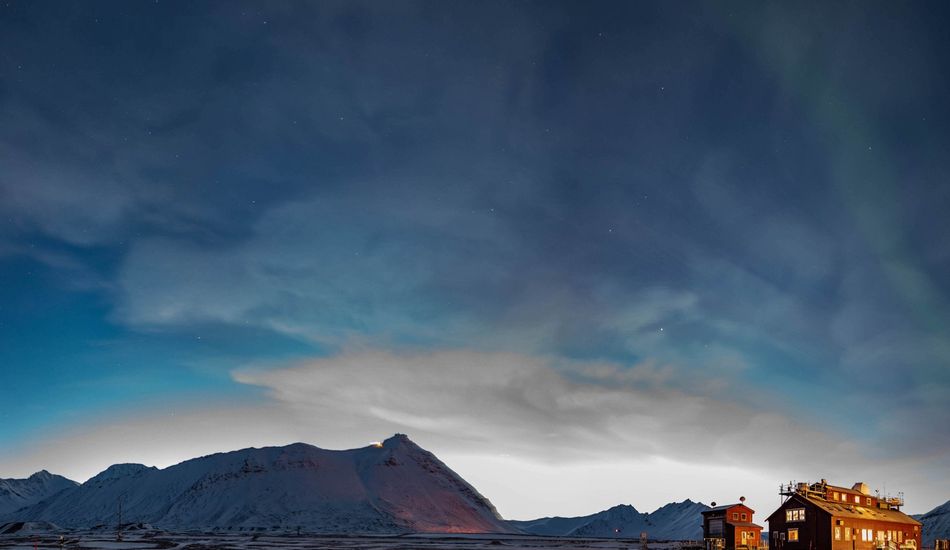
Svalbard's alarming changes: Thawing Arctic reveals unsettling climate crisis
I recently came across some pretty concerning news coming out of the Arctic, specifically from the island of Svalbard. For those of you who don't know, Svalbard is home to the Global Seed Vault, a place where we store seeds from all over the world to safeguard our food supply in case of a major catastrophe. It's meant to be a fortress of frozen security, but what's happening there is anything but reassuring.
Svalbard is warming at an incredibly alarming rate, much faster than the rest of the planet. Think about that for a second. What this means is that the permafrost, the permanently frozen ground that the Seed Vault is built on, is starting to thaw. And when permafrost thaws, it releases methane, a greenhouse gas way more potent than carbon dioxide.
Imagine this: scientists were on Svalbard, drilling into the ground, and they found that the thawing soil was teeming with bacteria. These bacteria are munching on organic matter and releasing methane. It's like a never-ending cycle of warming, thawing, and more methane release. It's a scary feedback loop that could accelerate climate change even further.
The Reflectivity Crisis
Another issue is the loss of sea ice. You see, sea ice reflects sunlight back into space, keeping the Arctic cool. But as the planet warms, the ice melts, exposing the dark ocean water. Dark water absorbs sunlight, which raises temperatures even further. It's like replacing a white roof with a black one.
And to top it all off, the warmer air holds more moisture, leading to more clouds. These clouds act like blankets, trapping heat, especially during the dark Arctic winter. So, you have the loss of sea ice combined with more clouds, making the Arctic heat up at an alarming rate.
What's particularly striking is how this thawing affects the soil. Usually, the ground freezes solid in winter, putting a stop to microbial activity. But with these warm spells, the microbes are still active, releasing methane even in winter. It's as if winter is disappearing altogether for these little guys.
Changes to Vegetation
Even the vegetation is changing. Trees and shrubs are moving north, which sounds good because they absorb carbon dioxide. However, this darker vegetation absorbs more sunlight and traps snow, which prevents the ground from freezing properly. It's a mixed bag of consequences, and it highlights the complexity of the situation.
The scientists studying this are shocked by the speed of these changes. It's not a problem for future generations; it's happening right now. We need to wake up and take action before these feedback loops spiral out of control.
Source: Gizmodo